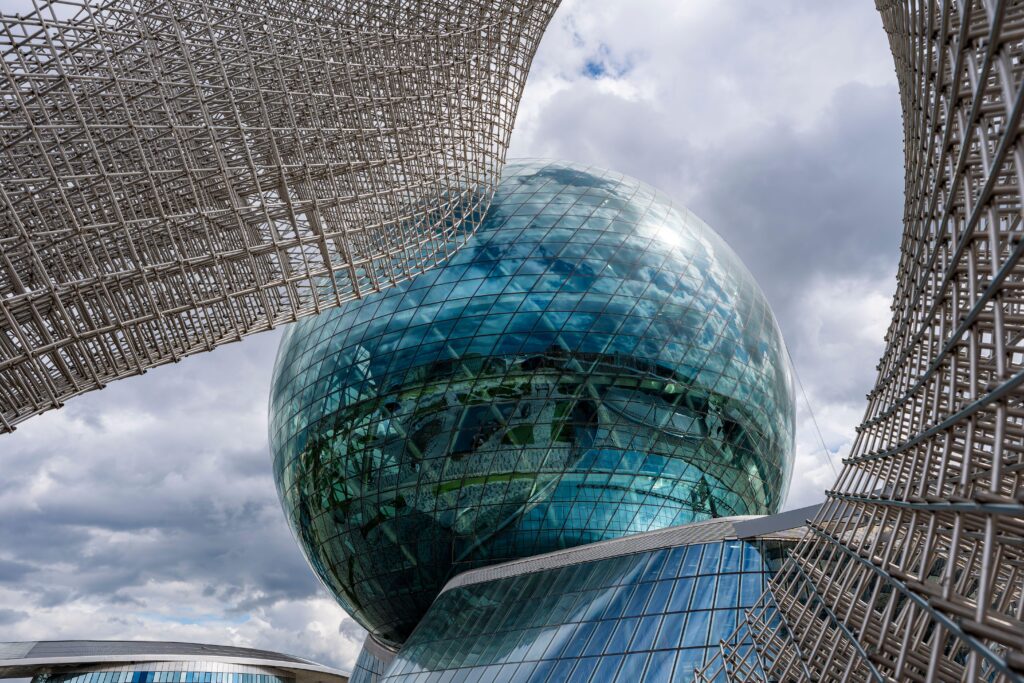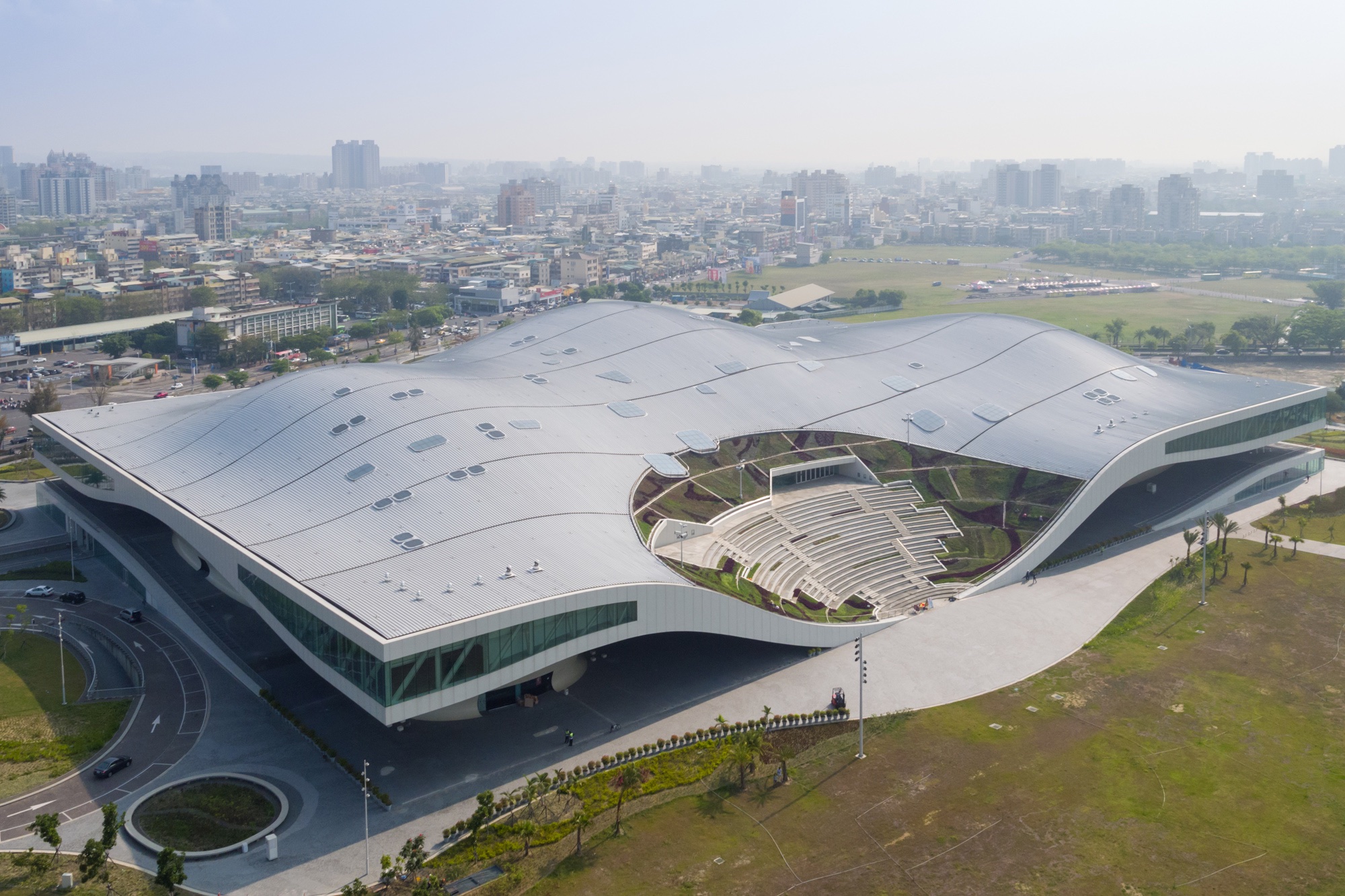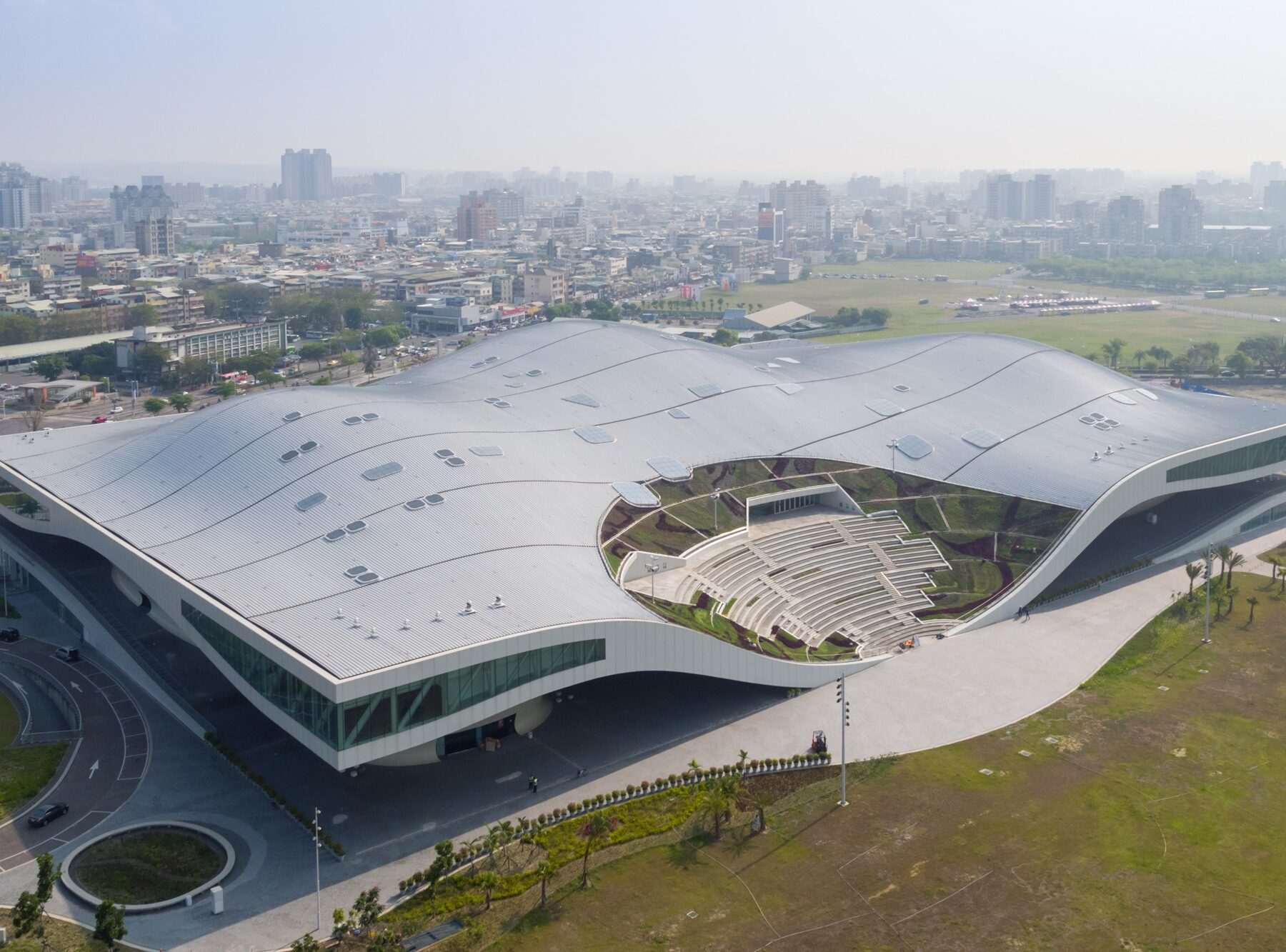It’s widely recognized that mega-events, like the Olympics and the FIFA World Cup, are a mixed proposition for the cities that host them. On the one hand, these events can attract billions in broadcast and tourism revenue; on the other hand, cities have to incur
massive costs to pull them off.
Over the past five decades, the cost of hosting one of these events has risen dramatically, from an estimated US$1 billion to well over US$20 billion today. A 2022 study found that more than four out of five Olympics and World Cups ran a deficit over that time. At the most extreme end of the range stands the 2022 World Cup in Qatar, which ran up a jaw-dropping tab of an estimated US$220 billion.
“A big portion of this increase is security costs,” says David Roberts, director of urban studies at the University of Toronto. “After 9/11, there was a significant shift in the approach to security at the Olympics and other big events. Security costs quadrupled, and construction costs are higher too.”
Another reason for these astronomical costs, says Roberts, is that host cities compete with one another to produce ever-greater spectacles: “The size of the buildings, the size of the parties, the size of everything just continues to grow.”
Given the sharp increase in the cost of these events, cities around the world are questioning whether they are worth the expense. For an event like the Olympics, cities can spend, by some estimates, US$50 million to US$100 million just putting in a bid to host the games. But successful bids are no guarantee of approval from their residents. In the process of bidding to host the 2024 Summer Olympics, five cities were shortlisted: Paris, Los Angeles, Boston, Hamburg and Budapest. However, the latter three later dropped out of the bidding process due to protests.
This public backlash points to an emerging consensus: these events are drivers for gentrification and displacement, and can leave municipalities with generational debt. For example, Montreal, which hosted the 1976 Summer Olympics, did not pay off its debts from that event until 2006—a whopping 30 years later. More recently, the 2016 Olympic Games in Rio sapped US$13.2 billion from that city, leaving them unable to pay their workers and saddled with capital projects—namely specialized Olympic stadiums—with sky-high maintenance costs and negligible tourism value.
“Unfortunately, much of the energy for the planning of these events is about hosting a successful spectacle and not much about what comes next,” says Roberts. “There isn’t a lot of planning that goes into the afterlife of these places.”
For every example of mega-event-related infrastructure (such as the transit expansions in Vancouver for Expo ’86 and the 2010 Winter Olympics), says Roberts, there are “10 examples of a stadium that’s in disrepair, or a subway line that goes nowhere or really only serves elite communities. The spending is for the event itself, not for the long term.”
Considering these limitations, some cities are now turning away from mega-events entirely in favour of localized cultural show-cases, like art walks, food festivals and night markets. Others are repurposing the infrastructure they build for such events for tourism, commercial or cultural purposes that aim to serve their communities long after the events have passed.
Model A: Kazakhstan’s whole new city
In 2017, Astana, the capital city of Kazakhstan, became the first city in central Asia to host a World Expo. Over four months, from June to September, close to 4 million visitors would flock to the city to see the exhibition site. The site had been built over the previous five years to reflect the Expo’s theme of “Future Energy.” As per the Bureau International des Expositions, a French institution that governs the World Expo, “this theme reflected Kazakhstan’s willingness to transition towards a green economy, to promote dialogue in favour of energy security on a global scale, and to contribute towards the use of alternative energy sources.”
David Roberts, director of urban studies at the University of Toronto.
Much of the planning of mega-events is about hosting a successful spectacle and not much about what comes next
As such, the buildings at the exhibition site were built to limit energy consumption and maximize the potential for energy generation. The building that serves as the centrepiece of this site is Nur-Alem, a large glass spherical structure (indeed the largest in the world) composed of eight storeys, each with a different green-energy-related theme (solar power, wind power, etc.), with two silent wind turbines atop to generate renewable energy.
These buildings were developed on 25 hectares within a broader 174-hectare zone demarcated for the exhibition. Close to Nazarbayev University, and with direct access to the city centre and the airport, this zone contained some of Astana’s most premium real estate. During the planning process, which began in 2011, this area—the 150-odd hectares that surrounded the central Expo site—was given the name Expo City.
The vision for Expo City, writes Luis F. Palacio, an architectural and urban designer for Bureau International des Expositions, “was to furnish the new district with a wide range of land uses and programmatic components that were to become functional assets to Astana.” This included plans for hotels, offices, temporary housing, retail, a congress centre, a central utility plant, parks and parking.
Today, eight years after Expo 2017, “Expo City” exists as a thriving mixed-used district integrated into the wider fabric of Astana. Parking lots that had been put in place for the influx of tourists have since been replaced with residential developments. At its centre, the pavilions that once hosted international exhibits now host commercial tenants, government agencies and a new university.
This successful integration of mega-event infrastructure into the civic needs of Astana’s residents was a result of half a decade of thoughtful planning, and remains one of the remarkably few examples where such an event served as a catalyst for meaningful urban transformation.

Model B: Taiwan’s cultural landmark
In another approach, the city of Kaohsiung in Taiwan rejected the idea of hosting an international mega-event altogether, like the World Games. Instead, it poured those resources into the construction of an architectural marvel that serves both as a tourism destination and as a showcase of the country’s rich tapestry of performance and visual arts.
The National Kaohsiung Center for the Arts is the largest indoor performing arts space in the world. The building sits on more than 3 hectares of the 47-hectare Weiwuying metropolitan park, which opened in 2010 as the city’s most significant green space, and is referred to locally as the city’s “green lung.” It was once the site of a military base, and its revitalization into an urban park with commercial and civic infrastructure took decades of planning and public consultation to execute.
Eight years later, the National Kaohsiung Center for the Arts opened its doors to the public, becoming the park’s central attraction and one of the country’s most significant landmarks. Designed by Dutch architectural firm Mecanoo under the auspices of architect Francine Houben, the building features a series of auditoriums and a central plaza designed to represent the overhanging branches of the Banyan tree groves that surround it (called, as a result, Banyan Plaza). The leaves of that tree served as the inspiration for the roof, an expansive undulating canopy. The project cost a cool US$366 million to construct—a hefty amount, but not dissimilar to the price of an Olympic stadium with relatively limited usage.
The National Kaohsiung Center for the Arts serves as an extension of the public realm, from location to design and everything in between. With entrances on all sides of the building, it can be freely walked through from any side. Much of its programming is open to the public from daily workshops, activities such as yoga and free movies, to learning spaces for children and teenagers. On a normal day, visitors can find a mix of families and tourists in the Banyan Plaza.
This alternative to the traditional mega-event has produced long-term economic and cultural value unthinkable for a one-time spectacle such as the Olympics or FIFA World Cup. Much like Expo City, the National Kaohsiung Center for the Arts has also enriched the communities that surround it, spurring the development of dense commercial and residential districts in its wake.
Get the
Three from 3
newsletter
Join our global community of sharp, curious thinkers to receive a carefully curated email of the three most important things to read, see and do this week.
Listen and learn.
Tune into Third Culture Leaders, a podcast hosted by our co-founder and publisher, Muraly Srinarayanathas.
Explore how leaders skillfully navigate multiple cultural landscapes, leveraging their diverse backgrounds to drive innovation and change.
Other successful transformations include London’s Olympic Park, which became a mixed-use area with housing and commercial spaces after the 2012 Summer Olympics, and Barcelona’s Montjuïc mountain, which became a popular cultural and recreational area after the 1929 World Expo.
“It’s important to remember that these large-scale events don’t create new conditions in cities,” says Roberts. “They exacerbate already existing conditions and serve particular needs. If the existing conditions serve tourists and the wealthy, then the Olympics or World Cup are just going to intensify inequality and gentrification. That’s not to say these events couldn’t be used for other means, but that’s how it’s been historically.”
Apart from sustainable development, generally, things to take into consideration when placing a hosting bid include economic capacity and impact, public support, sponsorship and revenue streams—all of which ultimately intersect with a space that is viable for future transformation.
This is why, says Roberts, examples of successful post-mega-event developments like Expo City and alternatives such as the National Kaohsiung Center for the Arts are so important. They provide ways of “rethinking the current model, which just isn’t working for most people—most of the time.”

